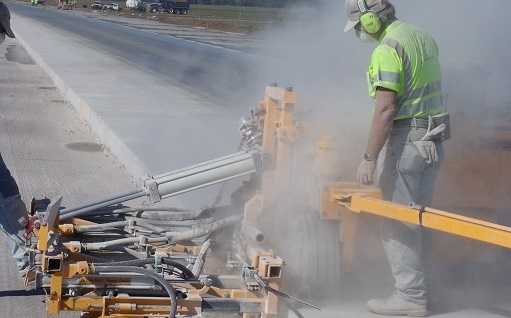Engineering Controls Program
The NIOSH Engineering Controls Program seeks to protect workers by engineering interventions that can be used to eliminate or more safely work around hazards. Engineering controls reduce the burden of occupational injury and illness for workers in every sector of the economy. Engineering controls protect workers by removing or reducing hazardous conditions such as hazardous dust or excessive noise or by isolating the worker from the hazard. Examples include local exhaust ventilation to capture and remove airborne emissions or machine guards to shield the worker. Well-designed engineering controls can be highly effective in protecting workers.

Worker operating a dowel drilling machine without engineering controls. Photo credit: NIOSH
Featured Items
Best Practices: Engineering Controls, Work Practices, and Exposure Monitoring for Occupational Exposures to Diacetyl and 2,3-Pentanedione
Guidance in a variety of areas to reduce workers’ exposures to diacetyl through engineering controls, best work practices, and techniques for monitoring airborne diacetyl exposures.
Best Practice Engineering Control Guidelines to Control Worker Exposure to Respirable Crystalline Silica during Asphalt Pavement Milling
As a result of NIOSH engineering control research under the Silica/Asphalt Milling Machine Partnership, all manufacturers of half-lane and larger asphalt milling machines began putting silica dust controls on all new asphalt milling machines sold to the U.S. market.
- Page last reviewed: June 30, 2017
- Page last updated: June 30, 2017
- Content source:
- National Institute for Occupational Safety and Health Division of Applied Research and Technology


 ShareCompartir
ShareCompartir